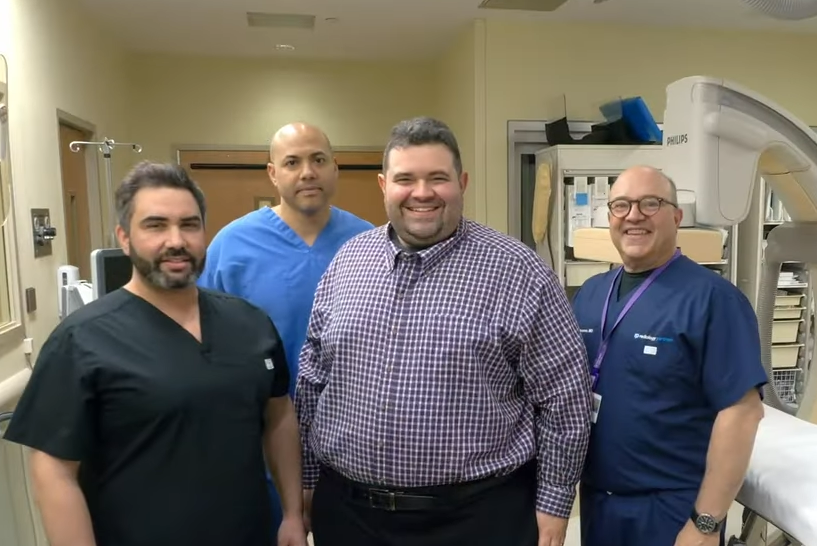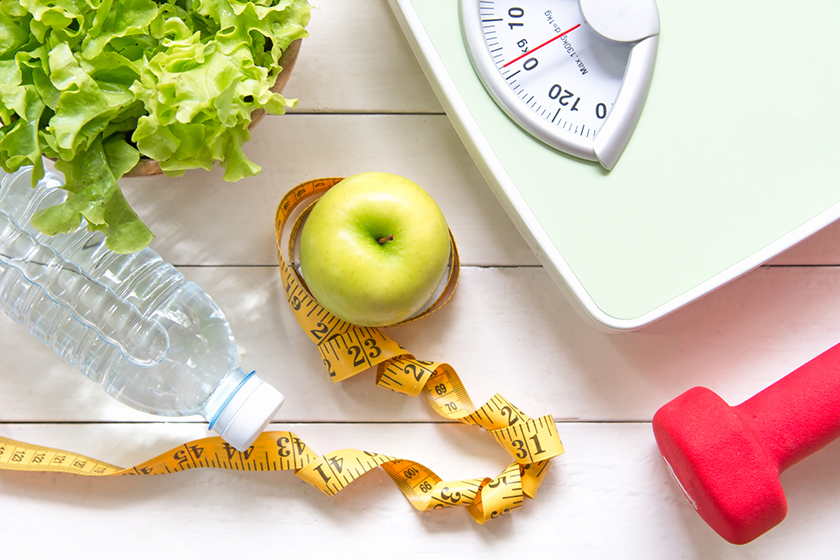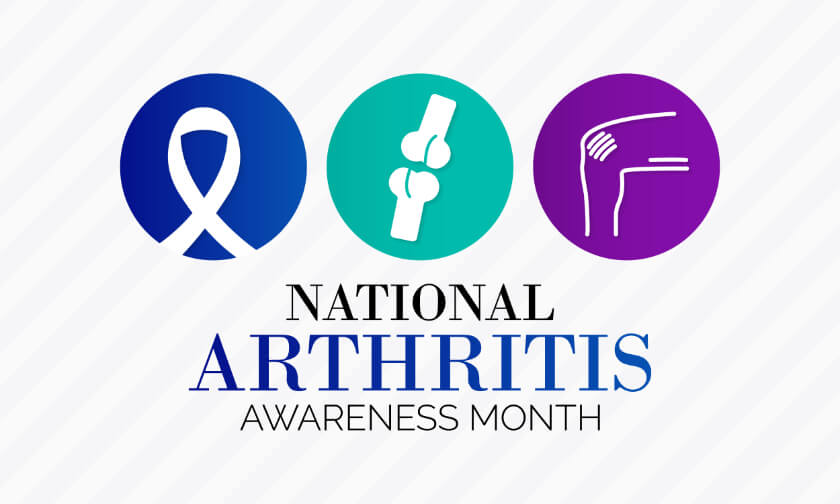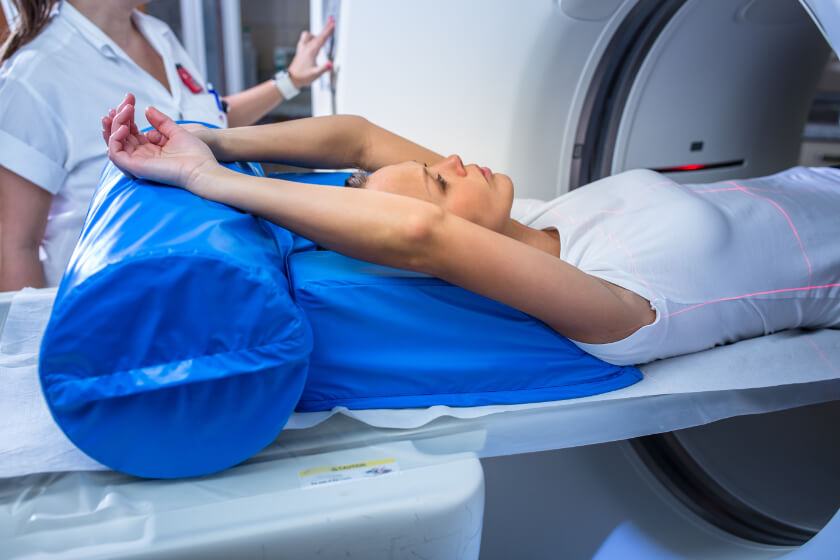What is densitometry?
Densitometry is another term for bone density scanning — or dual-energy x-ray absorptiometry (DEXA). DEXA is the “gold standard” for measuring the amount of minerals like calcium contained in bone. By using a special type of x-ray, the radiologist is able to compare the mineral density of the bone to a standard that represents optimally healthy bone with an ideal mineral density. Based on that comparison, the doctor will assign a number, called a T value, that reflects how well the bone compares with the ideal standard.
Why is DEXA performed?
Bone densitometry is primarily used to detect decreases in bone strength that could indicate an increased risk for fractures and to confirm a diagnosis of osteoporosis. It’s also used to monitor treatments for osteoporosis to determine how effective they are. DEXA is most commonly prescribed for menopausal women, the group that is most at risk for developing osteoporosis, but they may also be recommended in other populations, including those who:
- have lost 4 cm (1.6 inches) or more in height, which could indicate compression fractures in the spine, another sign of osteoporosis
- have been using steroid medications or some other types of medications for a prolonged period of time
- have had a bone marrow or organ transplant
- have had a drop in hormone levels that is not caused by menopause
- have a thyroid or parathyroid condition or other medical conditions associated with bone loss
- have a personal history of smoking
- have a personal or maternal history of hip fracture
- have had an x-ray that indicates possible osteoporosis
DEXA is most commonly used to assess the spine, hip or lower arm, but it can be used in other areas of the body as well.
Trabecular Bone Scan: What is the difference between bone density and quality?
DEXA with TBS can help guide health care providers in their treatment for patients with osteopenia and osteoporosis. TBS does not replace DEXA, it uses DEXA scans to assess bone micro-architecture, providing more information about bone health than traditional bone density results. DEXA determines bone density and TBS determines bone quality–a powerful combination. Bone density refers to the amount of minerals in your bone tissue, examining mineral bone mass per volume of bone. Bone quality refers to the composition and structure of one’s bones, which contribute to bone strength independently of bone mineral density. These findings are even more helpful for patients with borderline T-scores.
What should I know about T-scores?
T values that are within 1 standard deviation (+/- 1 SD) are considered normal; those that are between -1 SD and -2.5 SD reflect low bone mass, and those that fall below -2.5 SD are considered to be osteoporotic. Severe osteoporosis is considered to be present when the SD is below -2.5 and at least one fracture has occurred. DEXA is not 100 percent accurate, but it is considered the best predictor of future fractures and an excellent way to determine the risk of osteoporosis. Bone density scanning is different from a bone scan, which is used to detect diseases and tumors that affect bones.
What is the procedure like?
Densitometry is very similar to an x-ray. You’ll need to remove any jewelry or any other metal, and you may be asked to wear a hospital gown. As you lie on an x-ray table, the DEXA device will pass slowly over your body. The amount of radiation used in a densitometry test is minimal, much lower than what is used in a traditional x-ray. Most scans take less than 30 minutes to perform.
Available Locations
Preparation Instructions
-
-
- Do not take calcium supplements for 24 hours prior to your exam.
- Wear comfortable clothing without metal in the waist and hip area.
- If you have recently undergone a barium study or oral contrast for CT, you should wait 7 days before having this study.
- Bring your prescription and insurance card.
- Bring all previous imaging/radiology studies (that were not done at RAI) relating to your current study.
- For additional Information please call (609) 585-8800 and press 5.
-





